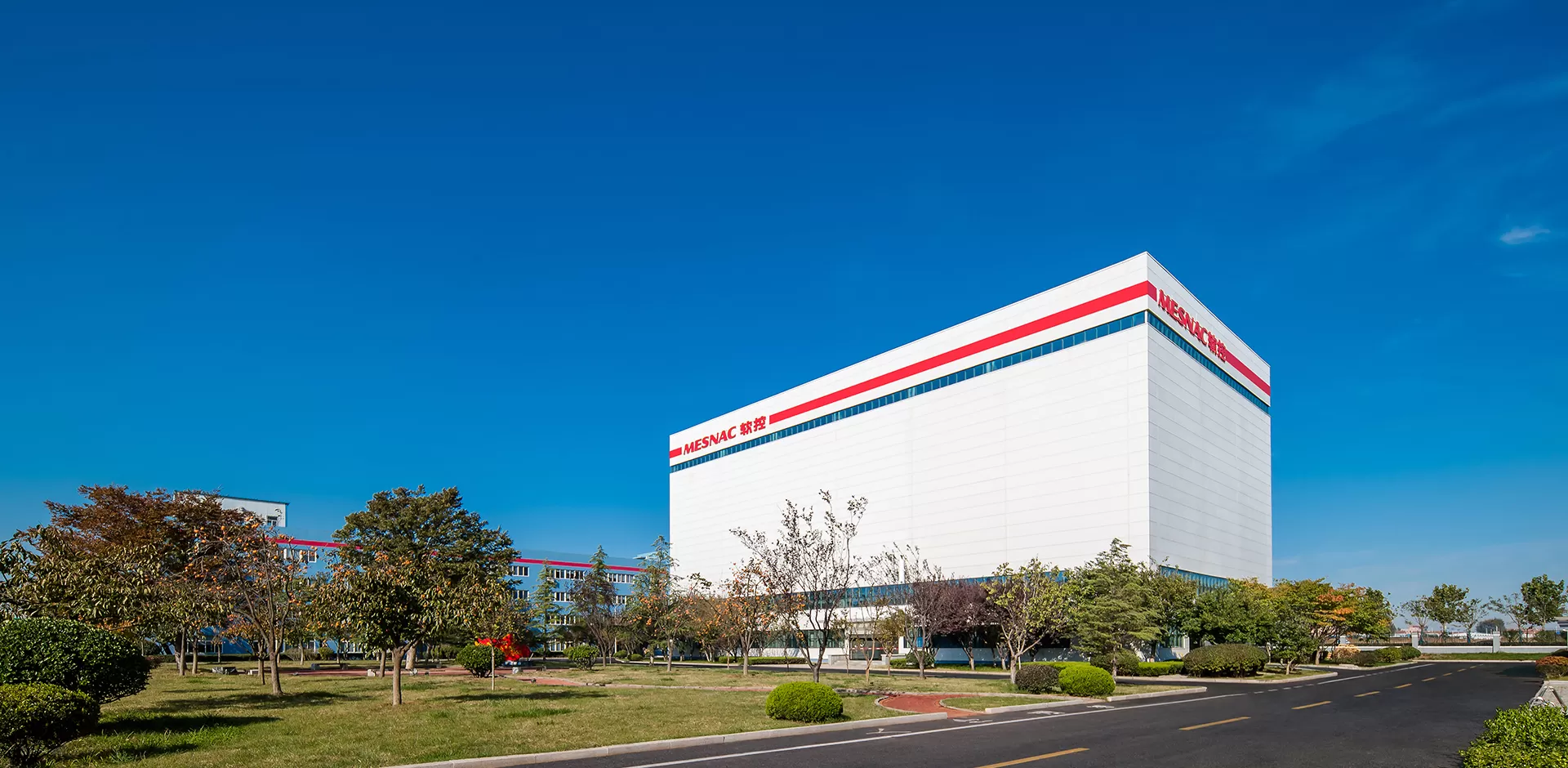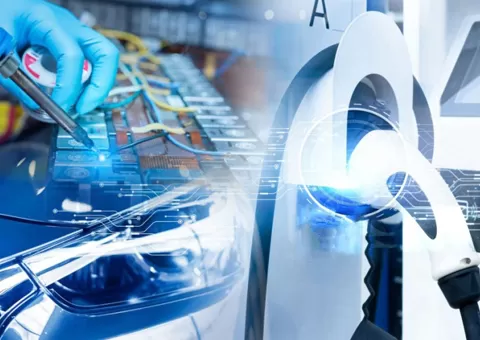What is a coating machine? Coating machines are essential in the pharmaceutical industry, where they play a pivotal role in producing high-quality tablets and capsules. These machines apply a thin, uniform layer of coating material to solid dosage forms like tablets, enhancing their stability, appearance, and functionality.
This article will explore how coating machines work, their components, and the critical steps involved in the coating process.
The Role of Coating Machines in the Pharmaceutical Industry
In pharmaceutical manufacturing, coatings serve several purposes.
First and foremost, they protect the active ingredients in a drug from environmental factors such as moisture, light, and oxygen, ensuring that the drug remains effective throughout its shelf life. Coating also improves the aesthetic appeal of a tablet, making it easier for patients to swallow and more pleasant in terms of taste and odor.
In addition to protection, coatings control the release of a drug. For example, sustained-release or delayed-release formulations are made possible by coating technology, allowing for more controlled and consistent therapeutic effects.
By selecting the right coating equipment and material handling systems in pharmaceutical industry, pharmaceutical companies can ensure their products meet high standards of quality, safety, and efficacy.
How Does a Coating Machine Work?
Main Components of a Coating Machine
Coating machines are complex systems with several integral components, each contributing to the precision and effectiveness of the coating process. Here are the primary components involved:
Coating Pan or Drum: The central part of the machine where tablets are placed for coating. It rotates to keep the tablets tumbling, ensuring that every surface gets evenly coated.
Spray System: This system is responsible for atomizing the coating solution and spraying it evenly onto the tablets. Spray guns or nozzles are used to distribute the solution in a fine mist.
Airflow System: To ensure the coating material dries correctly, heated air is blown into the coating pan. This airflow helps remove excess moisture and sets the coating uniformly on the tablets.
Exhaust System: The exhaust system draws out excess air and vapors, ensuring a safe, clean working environment and preventing contamination during the coating process.
These components work in harmony to achieve a uniform coating that meets pharmaceutical standards.
Working Principle of the Coating Process
The primary principle behind a coating machine is the continuous movement of tablets while they are sprayed with a fine mist of coating solution. This ensures even distribution of the coating across each tablet, with heated air blowing to dry the coating. The coating process typically involves applying multiple layers to achieve the desired thickness and effect.
Coating solutions like electrode coating machine can vary, from film coatings to sugar coatings, depending on the application. Film coatings are typically thinner and used to protect the tablet from the environment, whereas sugar coatings are thicker and more suited to masking unpleasant tastes.
Step-by-Step Process
Preparation
The coating process begins with preparing the batch of tablets and the coating solution. The solution might be water-based or use a solvent, depending on the properties of the tablet and the desired coating. Accurate measurements of both the tablet batch and coating solution ensure consistency in the final product.
Loading
Tablets are loaded into the coating pan, a rotating drum that allows them to tumble and expose all sides to the spray system. Proper loading is crucial to prevent overcrowding, which can result in uneven coating or tablet damage.
Warming
Before spraying begins, the tablets are preheated. This step helps reduce moisture on the tablet surface and promotes better adhesion of the coating solution. The warm air also helps maintain the temperature needed to dry the coating later in the process.
Spraying
Once the tablets reach the desired temperature, the spray system activates. Spray nozzles atomize the coating solution into a fine mist and apply it evenly to the tablets as they tumble inside the pan. The spray system must be calibrated correctly to ensure even coverage and to avoid clumping.
Drying
Simultaneously, heated air is blown into the coating pan to dry the coating as it is applied. The airflow system controls the drying process to prevent defects such as cracking or peeling. The drying process is critical as it ensures that each layer of coating solidifies before the next is applied.
Repeating the Process
The spraying and drying steps are repeated multiple times, depending on the number of coating layers required. Each layer is applied as thin as possible to ensure uniformity and prevent any defects that could compromise the tablet’s appearance or effectiveness.
Cooling
Once the final layer of coating is applied, the tablets are allowed to cool. The cooling phase ensures that the coating fully hardens and prevents tablets from sticking together.
Discharging
After cooling, the tablets are carefully removed from the coating machine and sent for inspection or packaging. Proper handling during discharge is critical to avoid damaging the delicate coating.
Ensure Consistent Quality with High-Performance Coating Machines
Coating machines are essential tools in pharmaceutical manufacturing, ensuring that every tablet or capsule meets rigorous quality standards. Whether you’re working with immediate-release or sustained-release formulations, having the right coating equipment can significantly improve the efficiency and reliability of your production process.






 English
English  中文
中文 



